Observations of Snow–Slush–Snow Ice Transformation and Properties of Brash Ice in Ship Channels
Abstract
1. Introduction
2. Measurements and Methods
2.1. Study Site
2.2. Field Site
2.2.1. Observation in the Test Channel
2.2.2. Brash Ice Thickness Measurements
2.2.3. Level Ice Measurements
2.2.4. Brash Ice and Level Ice Cores
2.3. Methods
2.3.1. Snow Ice Content
2.3.2. Physical and Mechanical Properties
3. Level Ice Results and Discussion
3.1. Flooding of Level Ice
3.2. Snow–Slush–Snow Ice Transformation
4. Brash Ice Results and Discussion
4.1. Snow–Slush–Snow Ice Transformation
4.2. Snow-Ice in the Ship Channels
4.3. The History of Brash Ice Formation
4.3.1. Ship Channel (TCh01)
4.3.2. Main Channel (MCh2021)
4.4. Brash Ice Physical and Mechanical Properties
4.4.1. Test and Main Channels (2021)
4.4.2. Main Channels 2023
5. Conclusions
- Four flooding events were estimated to have occurred in the ice adjacent to TCh01. The snow ice microstructure from the level ice in the vicinity of the channel indicated these flooding events as it consisted of four snow–ice layers. However, the ice sampled between the test and main channels had eight different snow ice layers. This difference can be attributed to two possible causes. Firstly, the MCh was navigated more frequently than TCh01, which can cause additional flooding incidents. Secondly, considering that the slush formed from capillary action has different properties than those from four flooding events, eight snow–ice layers could be formed.
- The total slush thickness measured on level ice adjacent to the ship channels increased linearly with the water level, whereas the slush thickness formed due to capillarity showed no correlation with the water level and had an average thickness of 4 cm. In the second winter, approximately 50% of the incoming snowfall transformed into slush. About 70% of the difference between the measured and incoming snowfall transformed into snow–ice. The rest of the snow (30%) was displaced by the wind or melted when the snow submerged in water. The thickness of snow–ice measured on the level ice adjacent to the first channel was twice as thick as the columnar ice, whereas in the second winter, the snow–ice fraction reached 50% of the total ice thickness.
- After each ship passage, the snow that accumulated on the channel became submerged and formed a slush layer. Snow–ice clusters between ice blocks were frozen together with columnar ice.
- During 2021, the snow–ice content was found to be higher in the vicinity of the test channel, reaching 73%. In contrast, the snow ice content was lower in the ridges, measuring 58%, and significantly lower in the middle of the channel, where it was 21%. During winter 2023, the snow ice content was 54% in the vicinity of the main channel, 43% in the ridge, and 41% in the mid-channel. This indicates the melting of snow when submerged in the channel but also some melting of snow on the side ridges due to water being pushed sideways during the ship passages.
- In winter 2021, the brash ice samples exhibited the lowest strength while the ridge samples from the MCh had the highest strength. Similarly, in winter 2023, the brash ice had the lowest compressive strength, while the level ice in the vicinity of the channel exhibited the highest compressive strength. This difference in strength can be attributed to the weaker bonds between brash pieces compared to the side ridges or level ice, which were exposed to a longer consolidation time. On average, the compressive strength of level ice and ridges ranged from 3 to 4 MPa for a strain rate of 10−3 s−1, and from 3 and 5 MPa for a strain rate of 10−4 s−1. Meanwhile, the brash ice cores had average compressive strengths of 1.8 and 3.4 MPa for strain rates of 10−3 and 10−4 s−1, respectively.
Author Contributions
Funding
Data Availability Statement
Acknowledgments
Conflicts of Interest
References
- Juva, M.; Riska, K. On the power requirement in the Finnish-Swedish ice class rules. In Winter Navigation Research Board 53; Helsinki University of Technology: Helsinki, Finland, 2002. [Google Scholar]
- Greisman, P. Brash Ice Behavior; Report No. USCG-D-30-81; U.S. Coast Guard Research and Development Center: New London, CT, USA, 1981. [Google Scholar]
- Sandkvist, J. Observed Growth of Brash Ice in Ships’ Tracks; Research Report; Series A No. 42; Division of Water Resources Engineering, Luleå University of Technology: Luleå, Sweden, 1980. [Google Scholar]
- Sandkvist, J. Brash Ice Behaviour in Frequent Ship Channels. Licentiate Thesis, Series A No. 139. Division of Water Resources Engineering, Luleå University of Technology, Luleå, Sweden, 1986. [Google Scholar]
- Kitazawa, T.; Ettema, R. Resistance to ship-hull motion through brash ice. Cold Reg. Sci. Technol. 1985, 10, 219–234. [Google Scholar] [CrossRef]
- Ettema, R.; Schaefer, J.A.; Huang, H.P. Ice-tank data on brash-ice loads against barges. J. Cold Reg. Sci. Technol. 1998, 12, 153–161. [Google Scholar]
- Bonath, V.; Zhaka, V.; Sand, B. Field Measurements on the Behavior of Brash Ice. In Proceedings of the International Conference on Port and Ocean Engineering Under Arctic Conditions, Delft, The Netherlands, 9–13 June 2019. [Google Scholar]
- Zhaka, V.; Bonath, V.; Sand, B.; Cwirzen, A. Physical and Mechanical Properties of Ice from a Refrozen Ship Channel Ice in the Bay of Bothnia. In Proceedings of the 25th International Symposium on Ice, Trondheim, Norway, 23–25 November 2020. [Google Scholar]
- Riska, K.; Bridges, R.; Shumovskiy, S.; Thomas, C.; Coche, E.; Bonath, V.; Tobie, A.; Chomatas, K.; Caloba Duarte de Oliveira, R. Brash ice growth model—Development and validation. Cold Reg. Sci. Technol. 2019, 15, 30–41. [Google Scholar] [CrossRef]
- Zhaka, V.; Bridges, R.; Riska, K.; Cwirzen, A. A review of level ice and brash ice growth models. J. Glaciol. 2022, 68, 685–704. [Google Scholar] [CrossRef]
- Andres, D.D.; Van der Vinne, P.G. Calibration of ice growth models for bare and snow covered conditions: A summary of experimental data from a small prairie pond. In Proceedings of the 11th Workshop on River Ice: River Ice Processes within a Changing Environment, CGU HS Committe on River Ice Proccesses and the Environment (CRIPE), Ottawa, ON, Canada, 14–16 May 2001. [Google Scholar]
- Ager, B.H. Studies on the density of naturally and artificially formed fresh-water ice. J. Glaciol. 1962, 4, 207–214. [Google Scholar] [CrossRef]
- Leppäranta, M. A growth model for black ice, snow ice and snow thickness in subarctic basins. Hydrol. Res. 1983, 14, 59–70. [Google Scholar] [CrossRef]
- Leppäranta, M. A review of analytical models of sea-ice growth. Atmos. Ocean 1993, 31, 123–138. [Google Scholar] [CrossRef]
- Saloranta, T.M. Modeling the evolution of snow, snow ice and ice in the Baltic Sea. Tellus A: Dyn. Meteorol. Oceanogr. 2000, 52, 93–108. [Google Scholar]
- Cheng, B.; Vihma, T.; Rontu, L.; Kontu, A.; Pour, H.K.; Duguay, C.; Pulliainen, J. Evolution of snow and ice temperature, thickness and energy balance in Lake Orajärvi, northern Finland. Tellus A: Dyn. Meteorol. Oceanogr. 2014, 66, 21564. [Google Scholar]
- Ashton, G.D. River and lake ice thickening, thinning, and snow ice formation. Cold Reg. Sci. Technol. 2011, 68, 3–19. [Google Scholar] [CrossRef]
- Knight, C.A. Formation of slush on floating ice. Cold Reg. Sci. Technol. 1988, 15, 33–38. [Google Scholar] [CrossRef]
- Coléou, C.; Xu, K.; Lesaffre, B.; Brzoska, J.B. Capillary rise in snow. Hydrol. Process. 1999, 13, 1721–1732. [Google Scholar] [CrossRef]
- Colbeck, S.C. An analysis of water flow in dry snow. Water Resour. Res. 1976, 12, 523–527. [Google Scholar] [CrossRef]
- Colbeck, S.C. The physical aspects of water flow through snow. Adv. Hydrosci. 1978, 11, 165–206. [Google Scholar]
- Ashton, G.D. River and Lake Ice Engineering; Water Resources Publications: Littleon, CO, USA, 1986; U.S. Library of Congress Catalogue Number: 86–50681.
- Leppäranta, M.; Kosloff, P. The structure and thickness of lake Pääjärvi ice. Geophysica 2000, 36, 233–248. [Google Scholar]
- Ohata, Y.; Toyota, T.; Shiraiwa, T. Lake ice formation processes and thickness evolution at Lake Abashiri, Hokkaido, Japan. J. Glaciol. 2016, 62, 563–578. [Google Scholar] [CrossRef]
- Light, B.; Maykut, G.A.; Grenfell, T.C. Effects of temperature on the microstructure of first-year Arctic sea ice. J. Geophys. Res. Oceans 2003, 108, 3051. [Google Scholar] [CrossRef]
- Gow, A.J.; Langston, D. Growth History of Lake Ice in Relation to Its Stratigraphic, Crystalline and Mechanical Structure (No. 77); Department of Defense, Army, Corps of Engineers, Cold Regions Research and Engineering Laboratory: Hanover, HN, USA, 1977; pp. 1–29. [Google Scholar]
- Timco, G.W.; Frederking, R.M.W. A review of sea ice density. Cold Reg. Sci. Technol. 1996, 24, 1–6. [Google Scholar] [CrossRef]
- Cox, G.; Weeks, W. Equations for Determining the Gas and Brine Volumes in Sea-Ice Samples. J. Glaciol. 1983, 29, 306–316. [Google Scholar] [CrossRef]
- Bonath, V.; Edeskär, T.; Lintzén, N.; Fransson, L.; Cwirzen, A. Properties of ice from first-year ridges in the Barents Sea and Fram Strait. Cold Reg. Sci. Technol. 2019, 168, 102890. [Google Scholar] [CrossRef]
- Maksym, T.; Jeffries, M.O. A one-dimensional percolation model of flooding and snow ice formation on Antarctic sea ice. J. Geophys. Res. Ocean. 2000, 105, 26313–26331. [Google Scholar] [CrossRef]
- Jordan, R.E.; Hardy, J.P.; Perron, F.E., Jr.; Fisk, D.J. Air permeability and capillary rise as measures of the pore structure of snow: An experimental and theoretical study. Hydrol. Process. 1999, 13, 1733–1753. [Google Scholar] [CrossRef]
- Hiemstra, C.A.; Liston, G.E.; Reiners, W.A. Observing, modelling, and validating snow redistribution by wind in a Wyoming upper treeline landscape. Ecol. Modell. 2006, 197, 35–51. [Google Scholar] [CrossRef]
- Nicolaus, M.; Haas, C.; Bareiss, J. Observations of superimposed ice formation at melt-onset on fast ice on Kongsfjorden, Svalbard. Phys. Chem. Earth 2003, 28, 1241–1248. [Google Scholar] [CrossRef]
- Granskog, M.A.; Vihma, T.; Pirazzini, R.; Cheng, B. Superimposed ice formation and surface energy fluxes on sea ice during the spring melt-freeze period in the Baltic Sea. J. Glaciol. 2006, 52, 119–127. [Google Scholar] [CrossRef]
- Bonath, V.; Fransson, L. Isförhållanden inom Luleå Hamnbassäng; Research Report; Luleå University of Technology: Luleå, Sweden, 2013; p. 87. ISSN 1402-1528. [Google Scholar]
- Chen, X.; Høyland, K.V. Laboratory work on heat transfer in submerged ice, theory, experimental setup and results. In Proceedings of the 23rd IAHR International Symposium on Ice, Ann Arbor, MI, USA, 31 May–3 June 2016. [Google Scholar]
- Chen, X.; Høyland, K.V.; Ji, S. Laboratory tests to investigate the initial phase of ice ridge consolidation. Cold Reg. Sci. Technol. 2020, 176, 103093. [Google Scholar] [CrossRef]
- Huang, H.P. Ice formation in frequently transited navigation channels. Ph.D. Thesis, The University of Iowa, Iowa City, IA, USA, 1988. [Google Scholar]
- Ettema, R.; Huang, H.P. Ice Formation in Frequently Transited Navigation Channels; Special Report 90–40; U.S. Army Corps of Engineers, Cold Regions Research & Engineering Laboratory: Hanover, HN, USA, 1990; pp. 1–120. [Google Scholar]
- Gow, A.J. Orientation textures in ice sheets of quietly frozen lakes. J. Cryst. Growth 1986, 74, 247–258. [Google Scholar] [CrossRef]
- Høyland, K.V. Morphology and small-scale strength of ridges in the North-western Barents Sea. Cold Reg. Sci. Technol. 2007, 48, 169–187. [Google Scholar] [CrossRef]
- Bonath, V.; Petrich, C.; Sand, B.; Fransson, L.; Cwirzen, A. Morphology, internal structure, and formation of ice ridges in the sea around Svalbard. Cold Reg. Sci. Technol. 2018, 155, 263–279. [Google Scholar] [CrossRef]
- Cole, D.M. The microstructure of ice and its influence on mechanical properties. Eng. Fract. Mech. 2001, 68, 1797–1822. [Google Scholar] [CrossRef]
- Ettema, R.; Schaefer, J. A Experiments on freeze-bonding between ice blocks in floating ice rubble. J. Glaciol. 1986, 32, 397–403. [Google Scholar] [CrossRef]
- Urroz, G.E.; Ettema, R. Simple-shear box experiments with floating ice rubble. Simple-shear box experiments with floating ice rubble. Cold Reg. Sci. Technol. 1987, 14, 185–199. [Google Scholar] [CrossRef]
- Ida Mari, B.; Høyland, K.V. Confined Compression Tests on Saline and Fresh Freeze-Bonds. In Proceedings of the International Conference on Port and Ocean Engineering under Arctic Conditions, Trondheim, Norway, 14–18 June 2015. [Google Scholar]
- Boroojerdi, M.T.; Bailey, E.; Taylor, R. Experimental study of the effect of submersion time on the strength development of freeze bonds. Cold Reg. Sci. Technol. 2020, 172, 102986. [Google Scholar] [CrossRef]
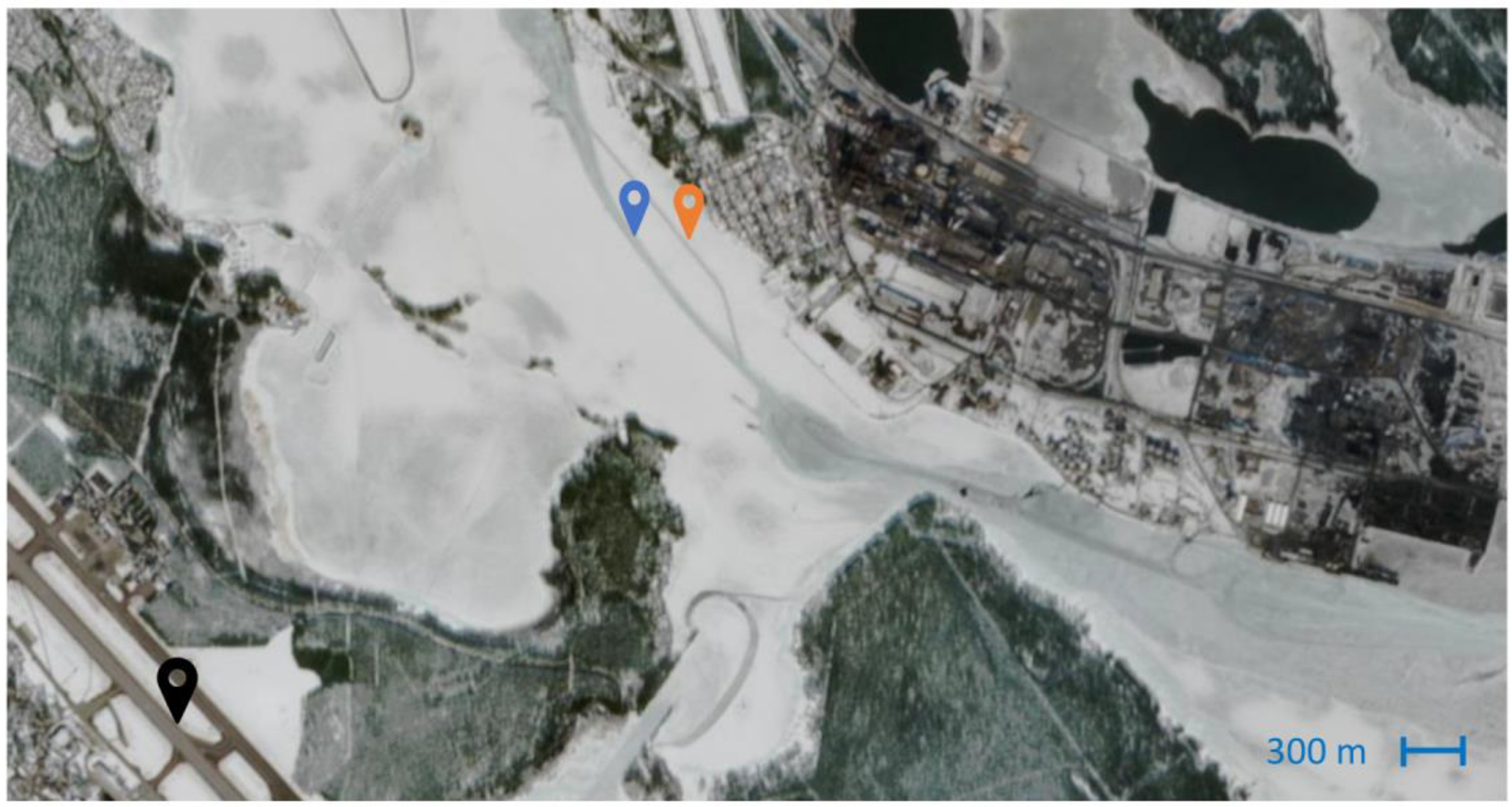
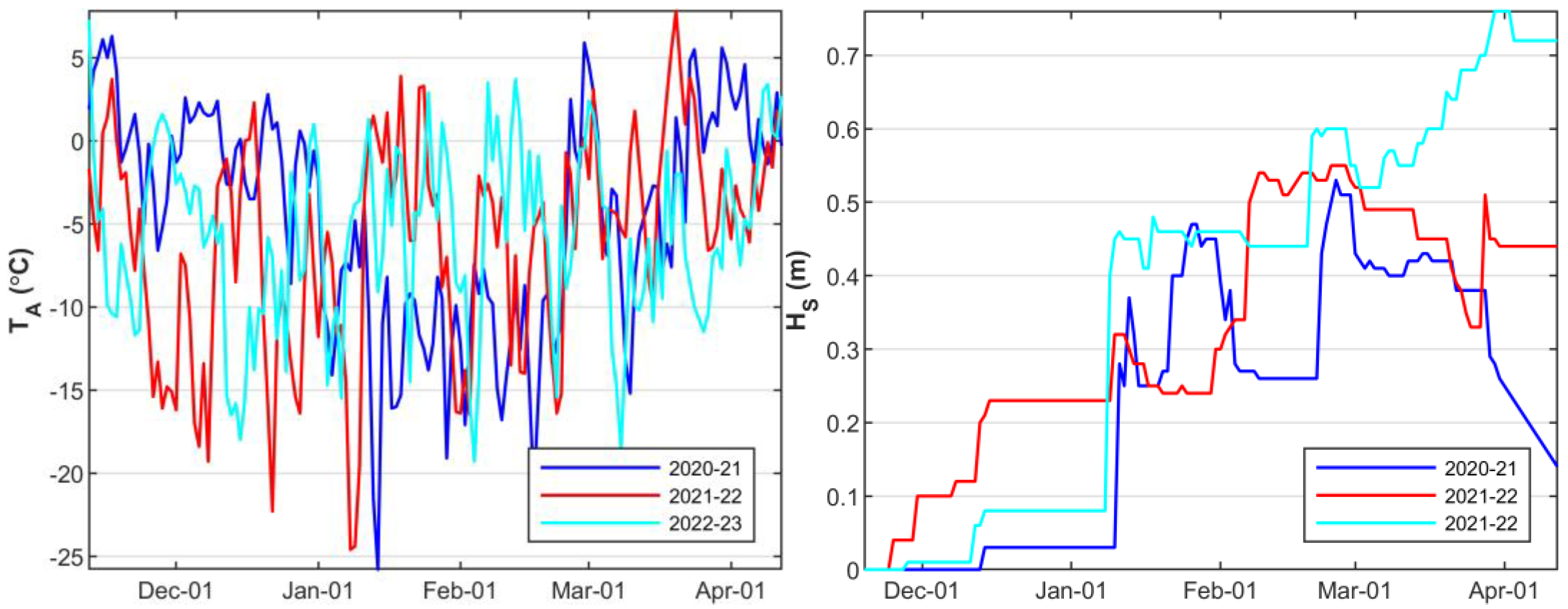
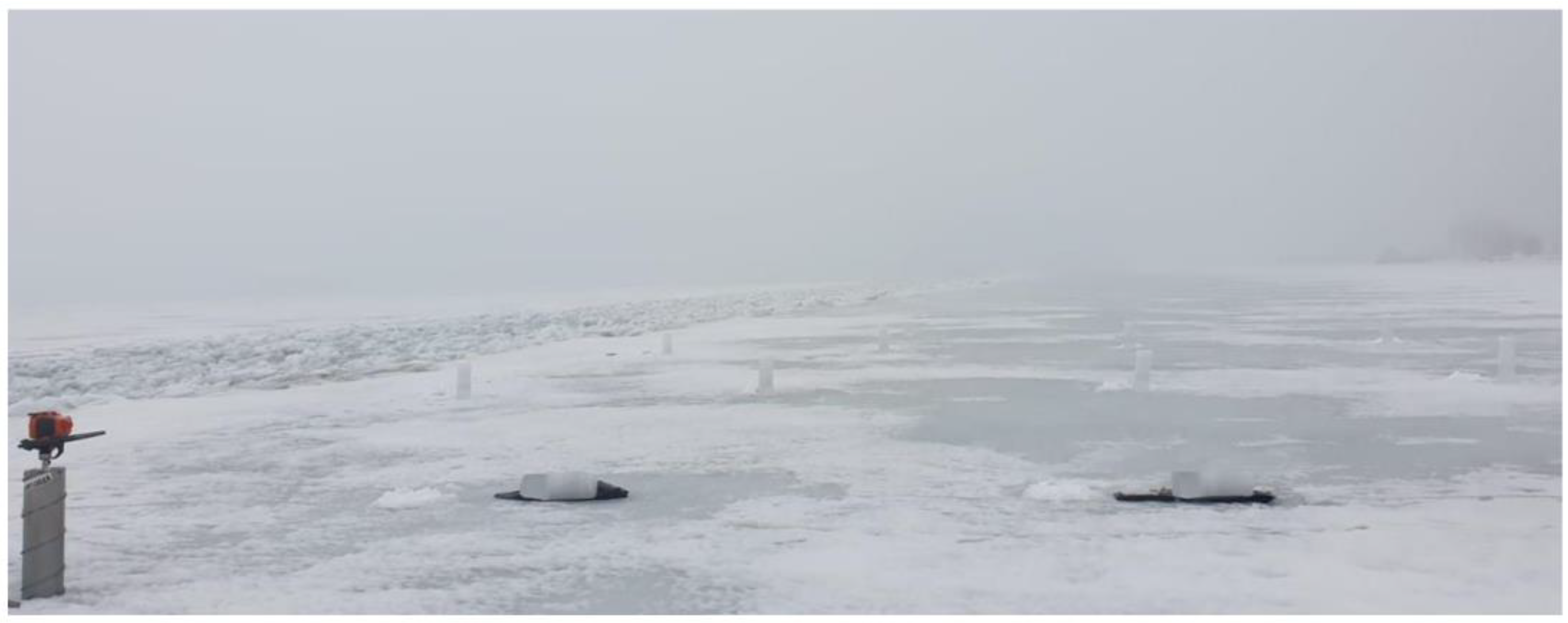
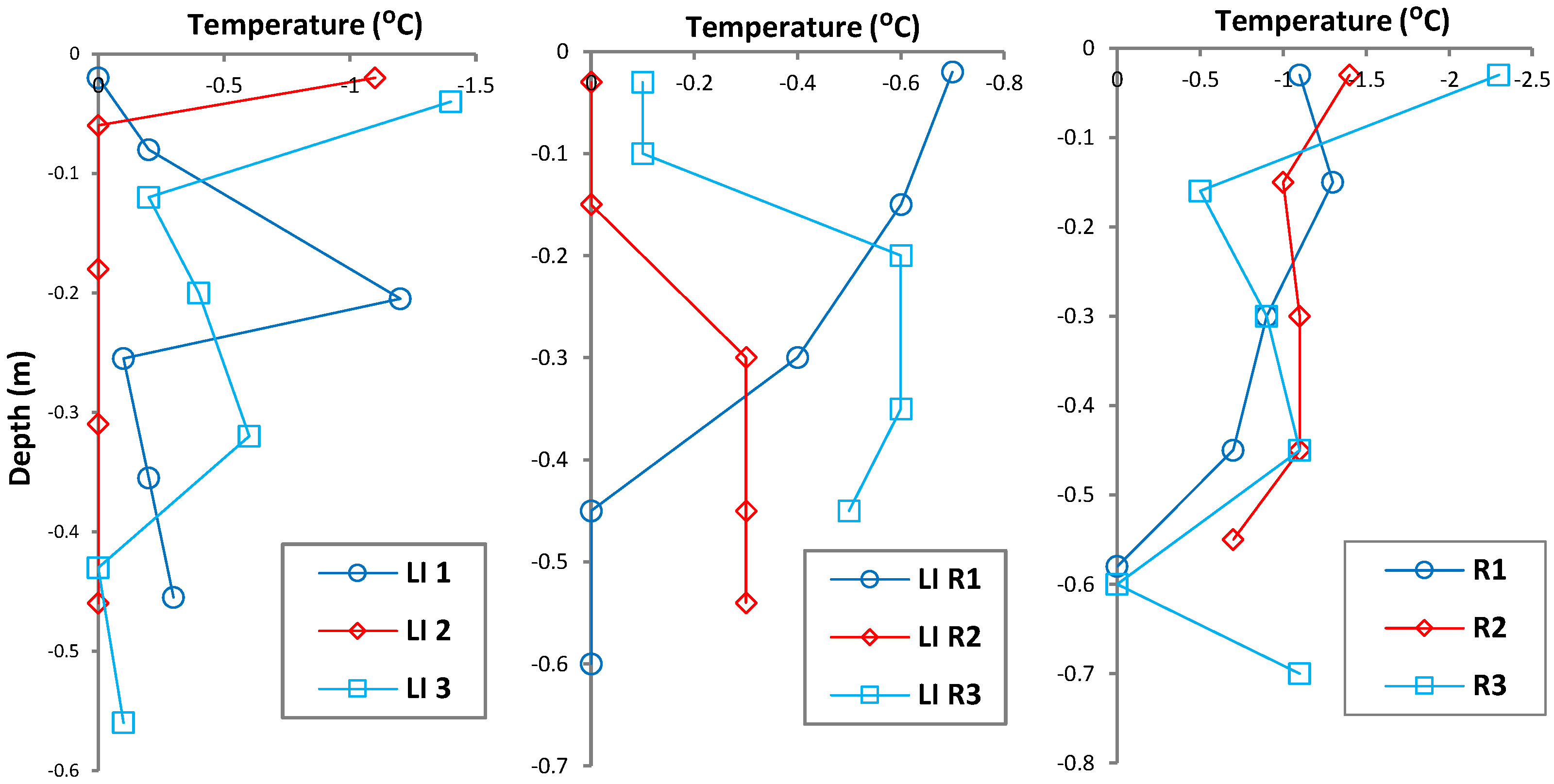
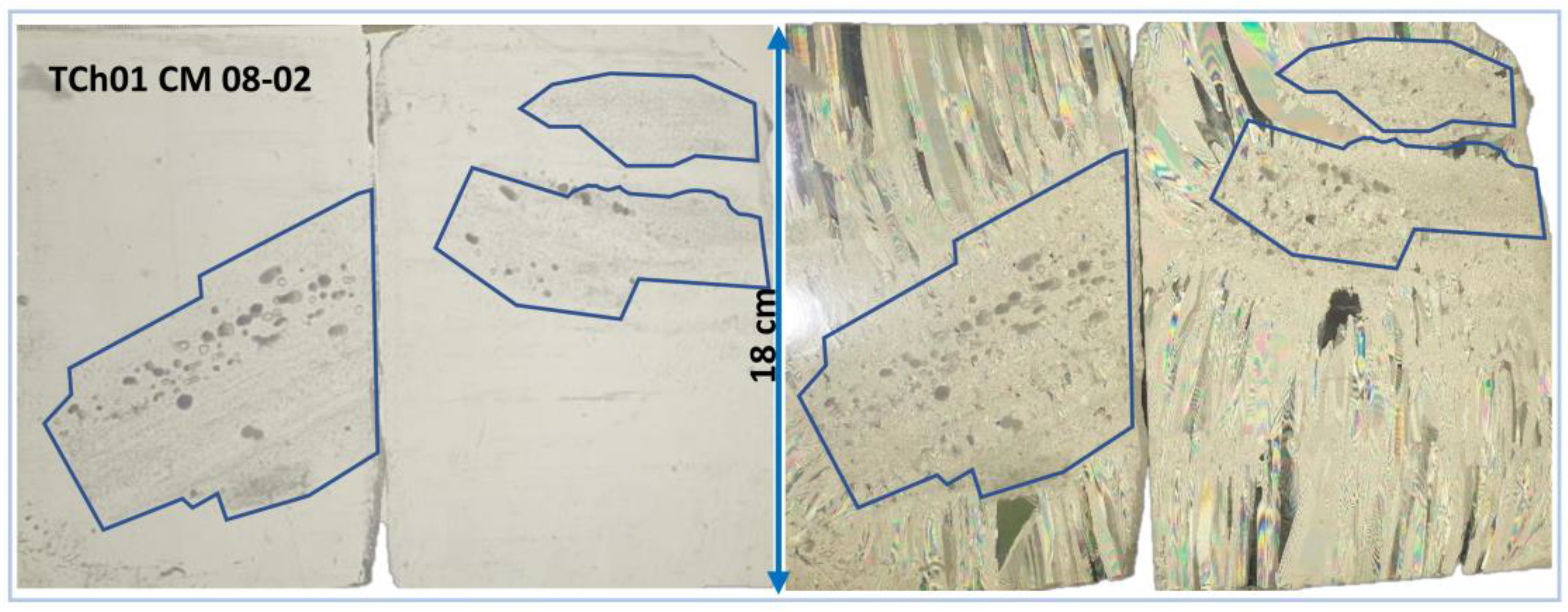

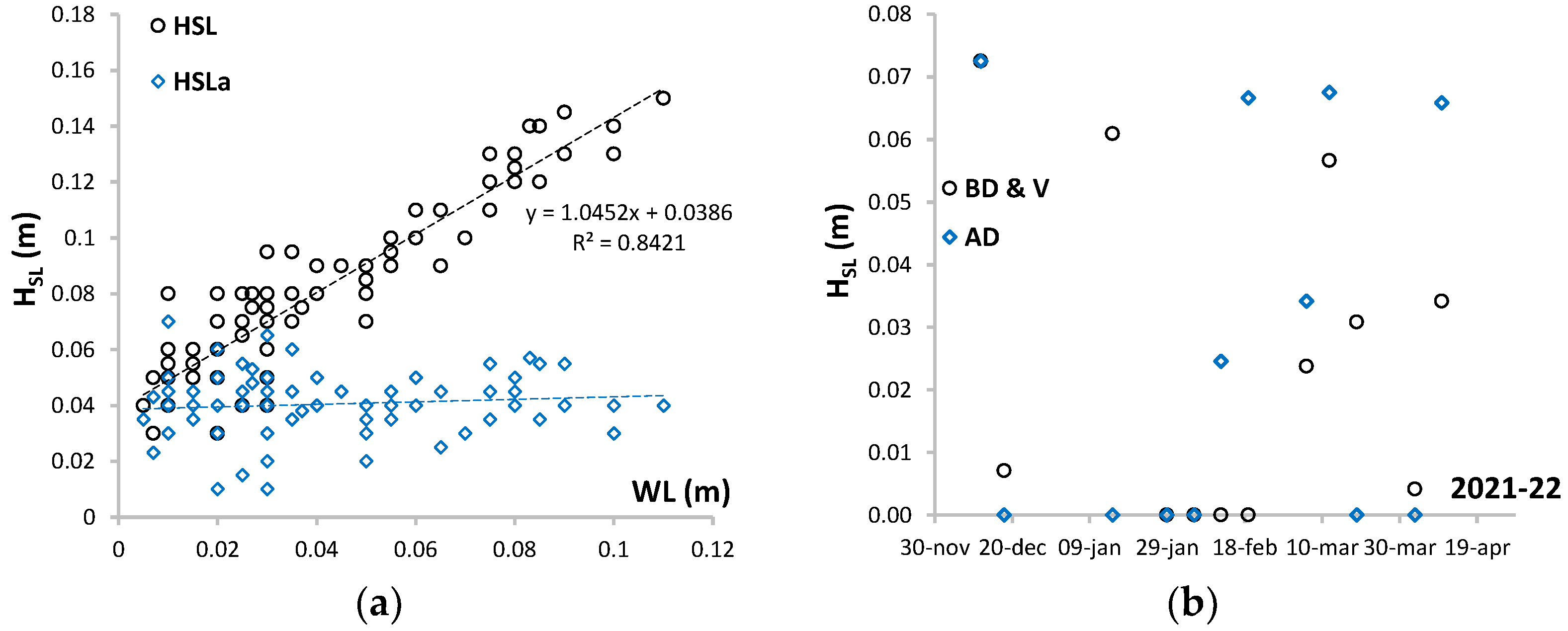
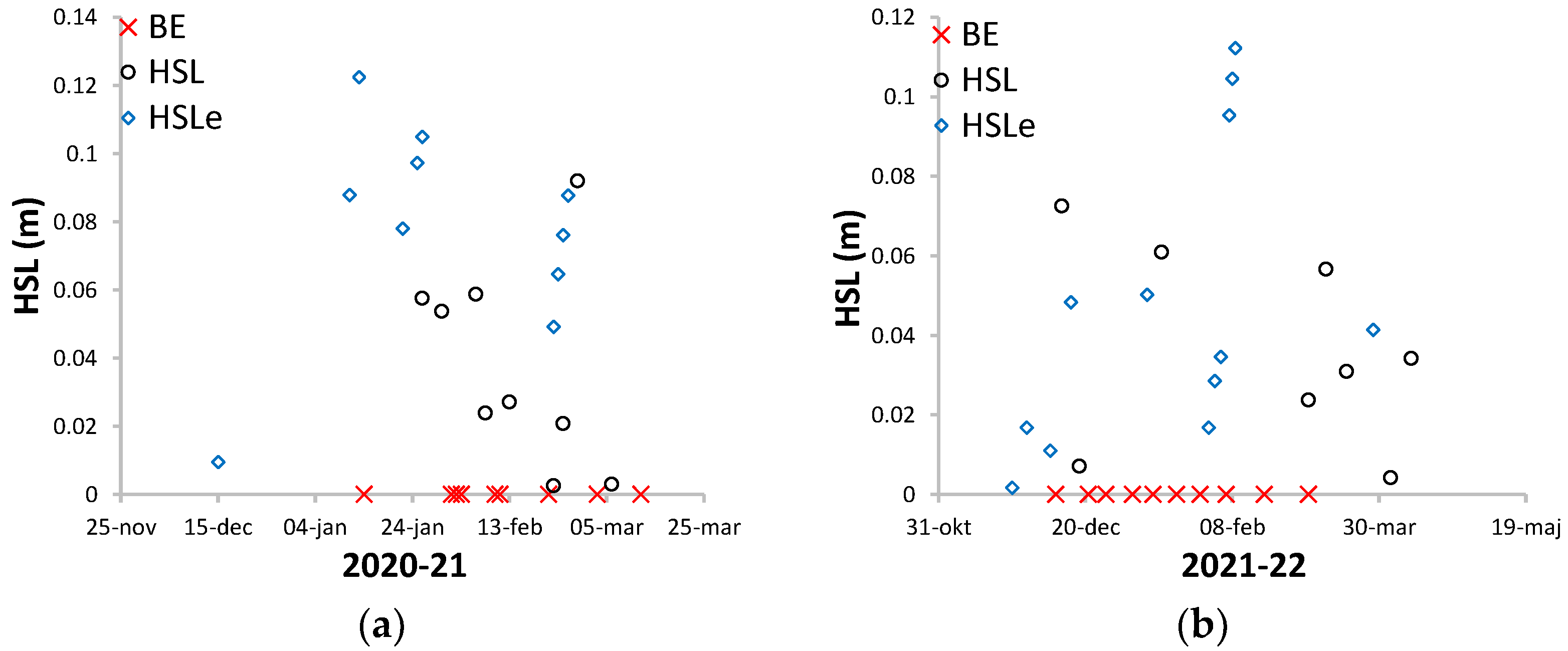

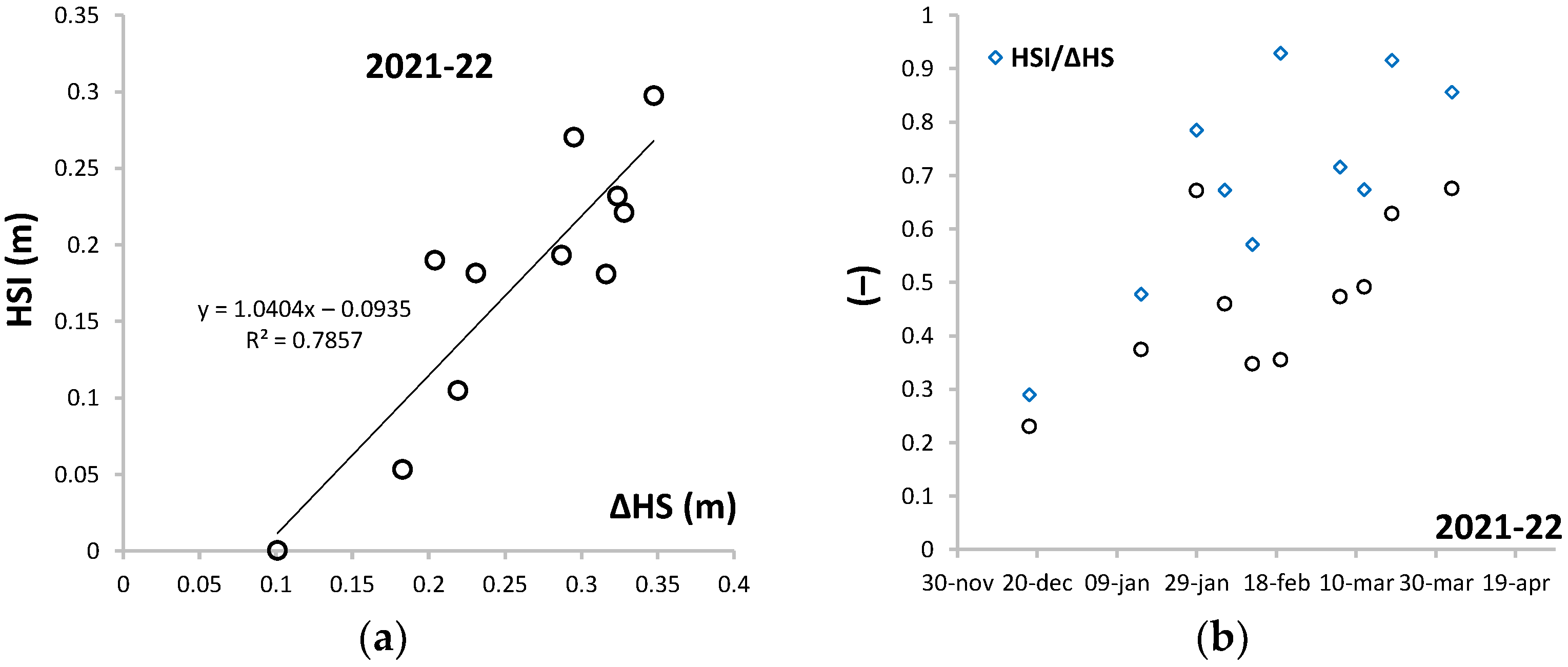
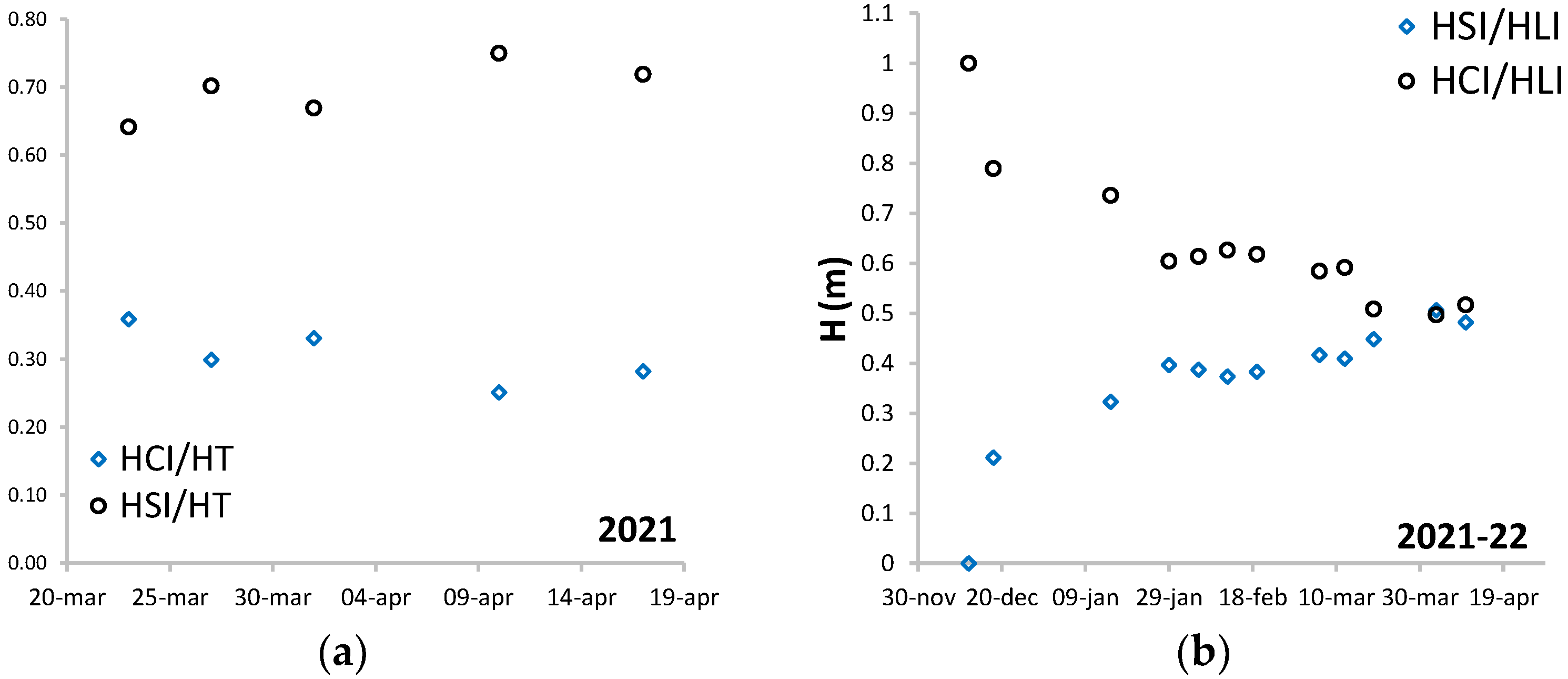
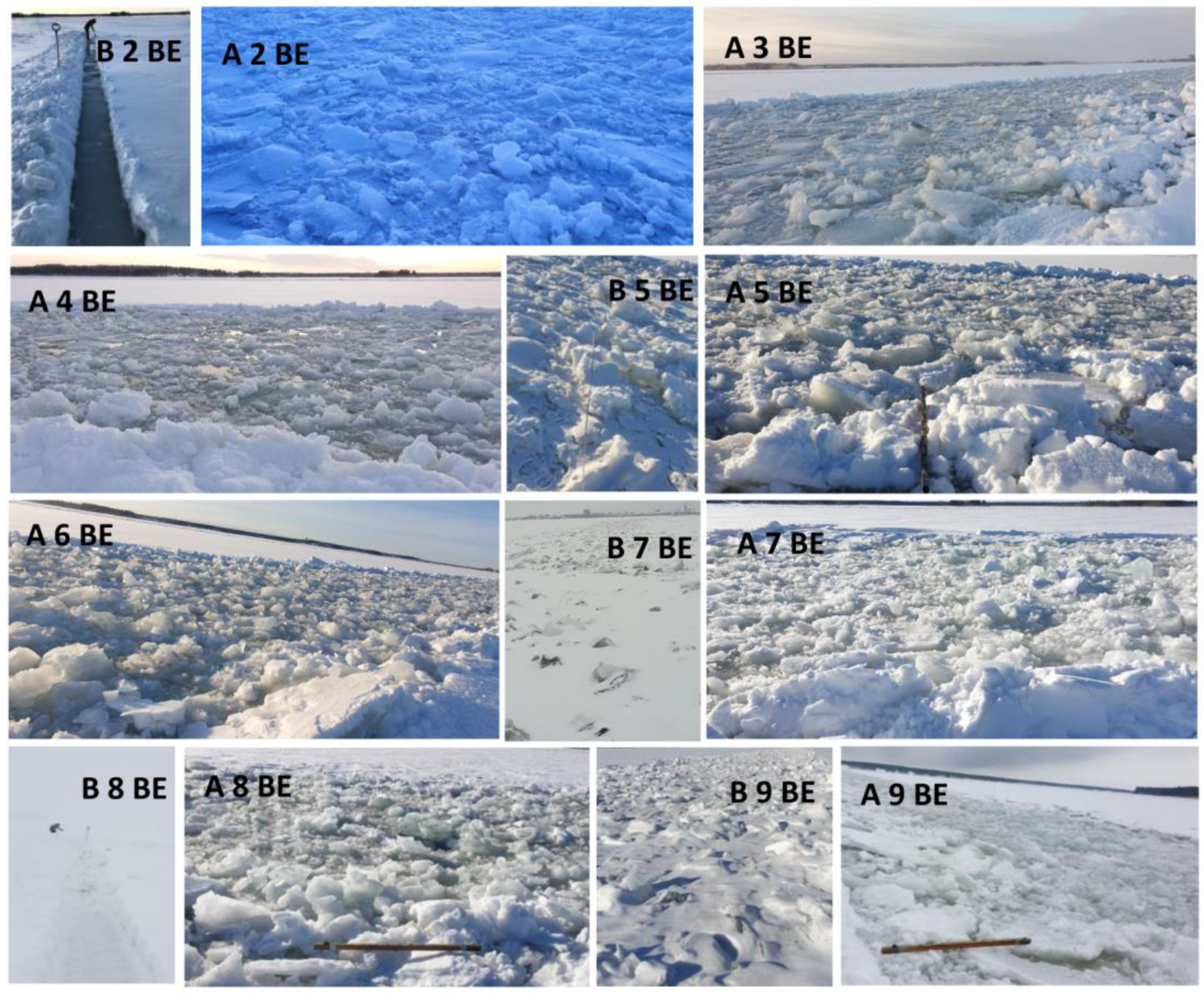


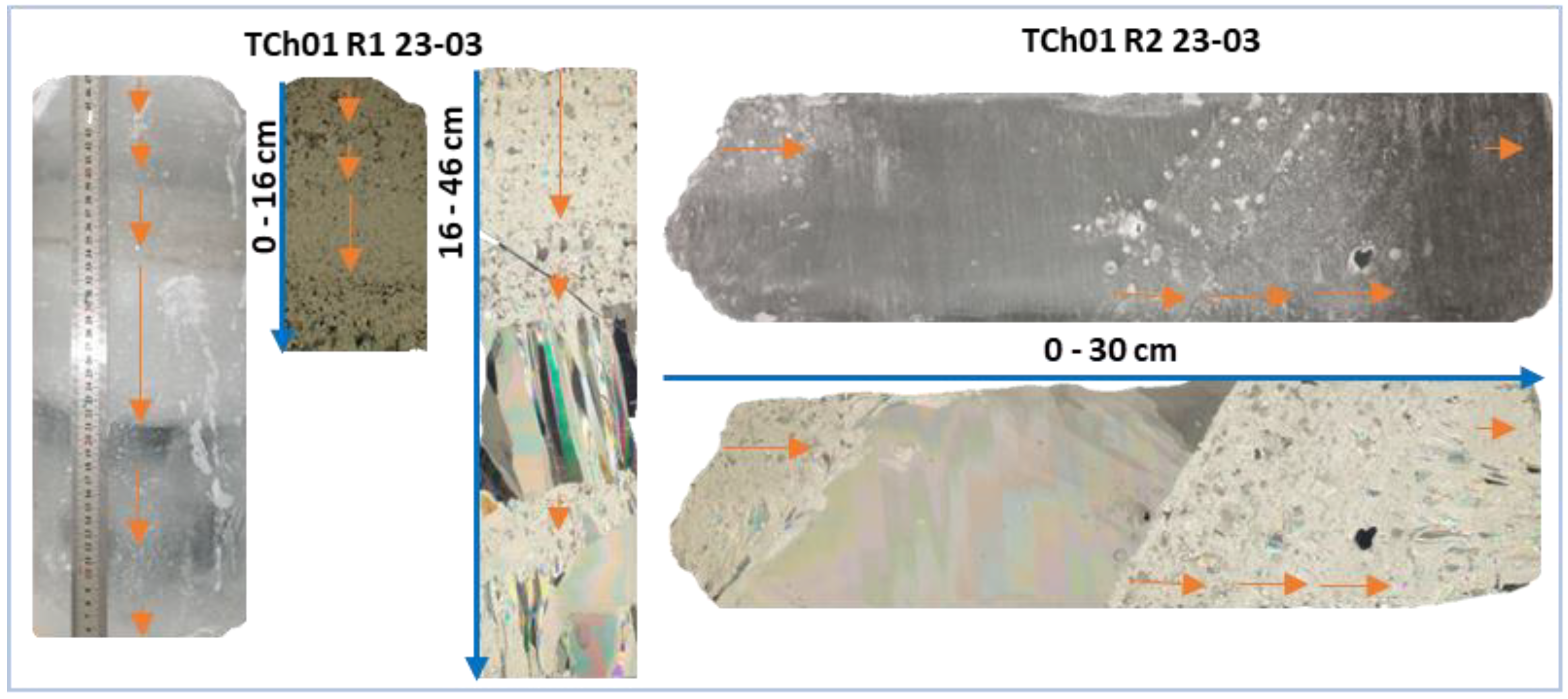
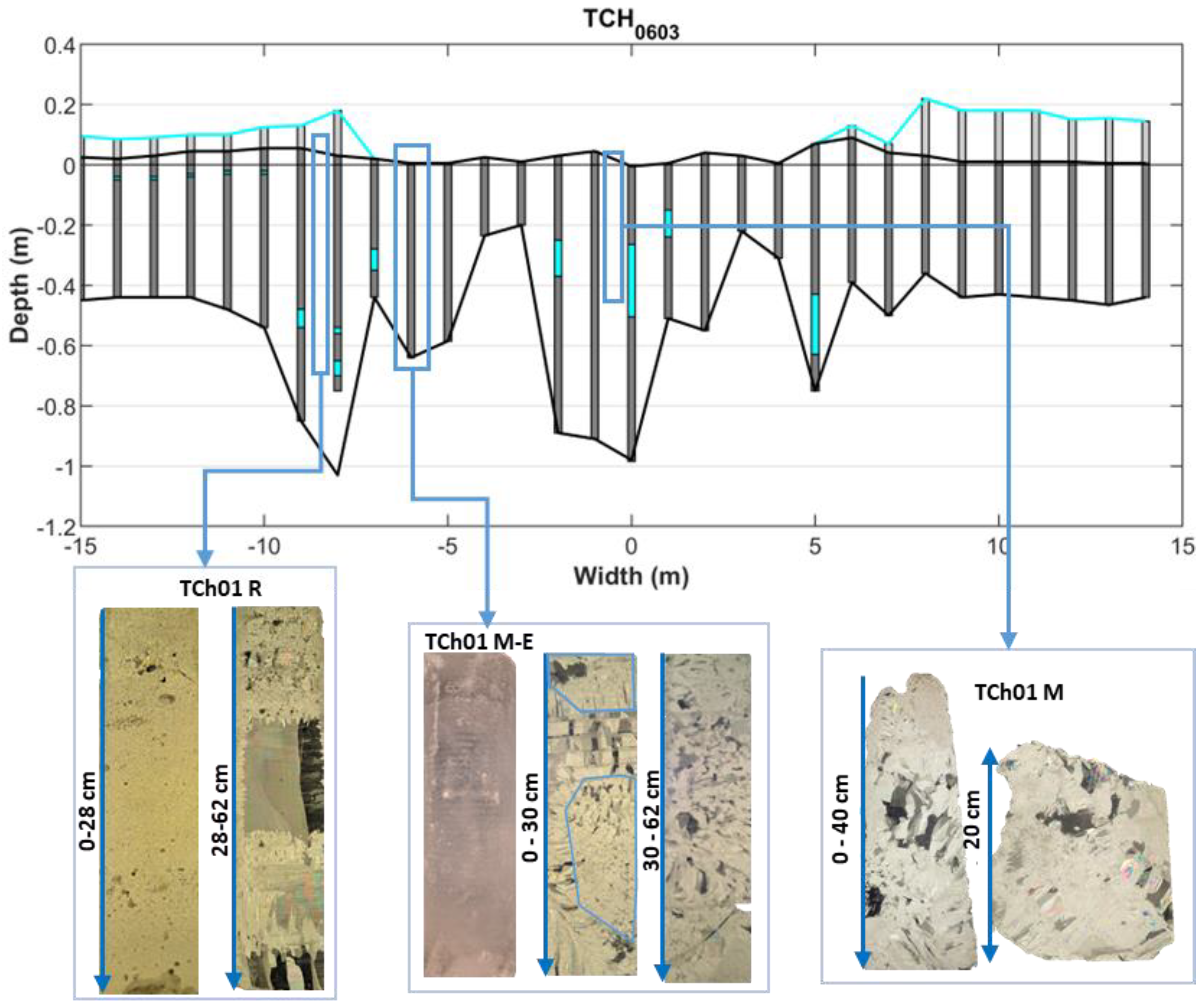
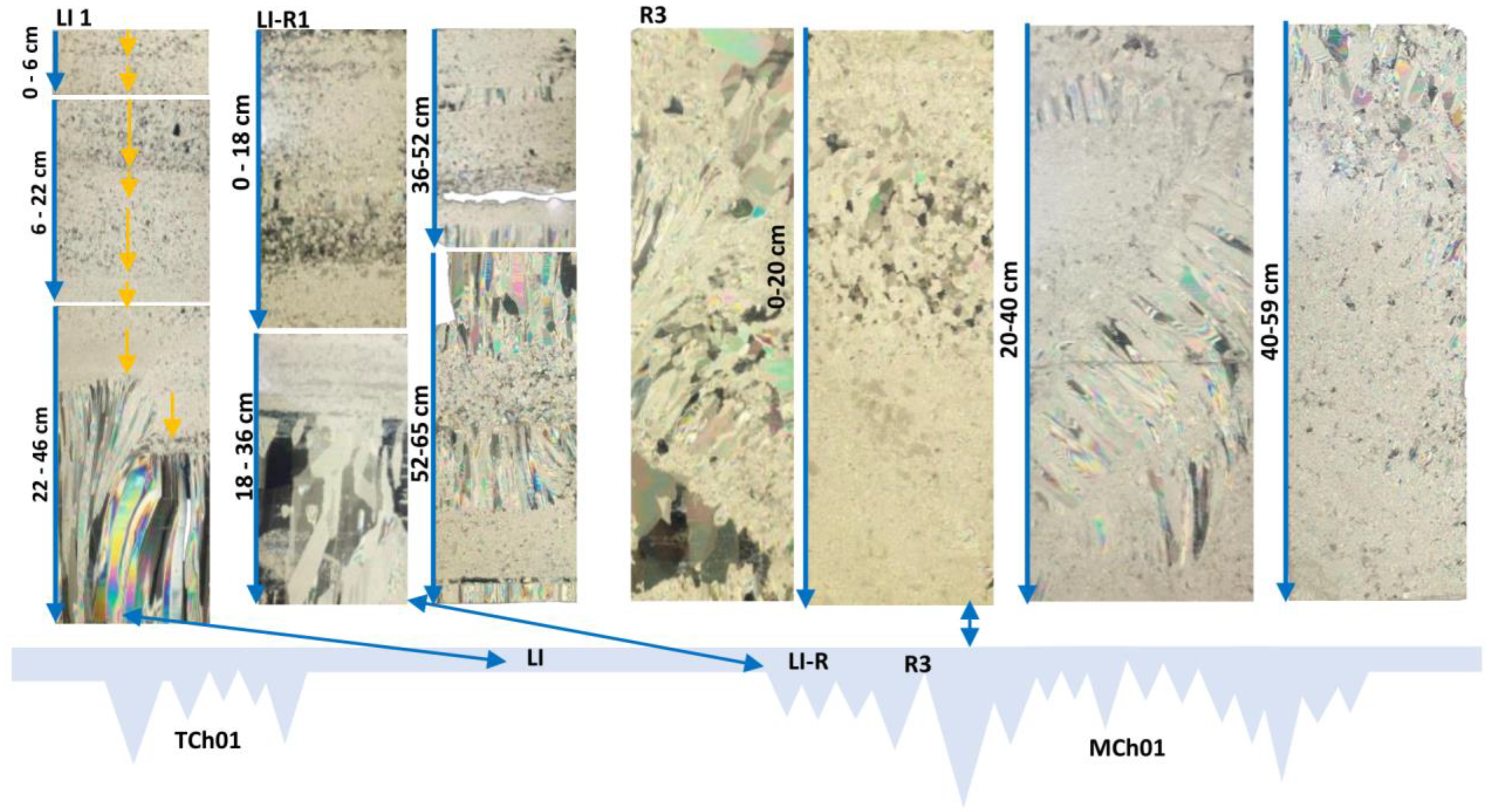
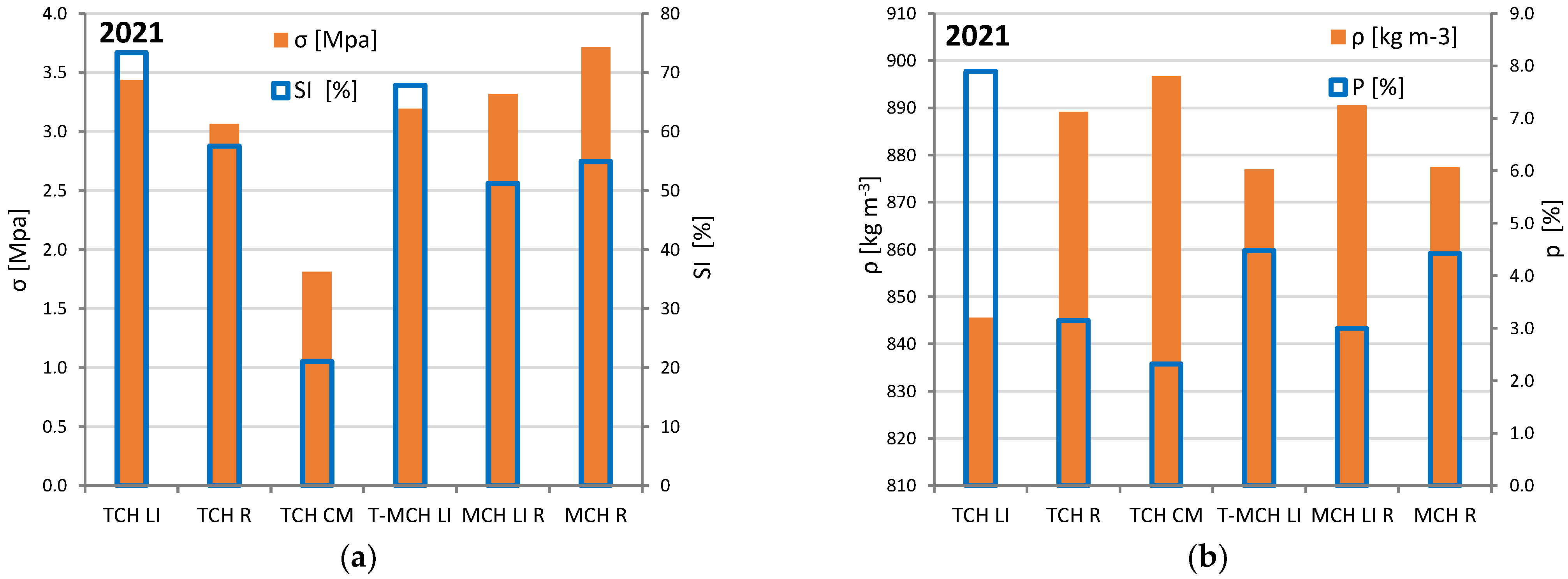
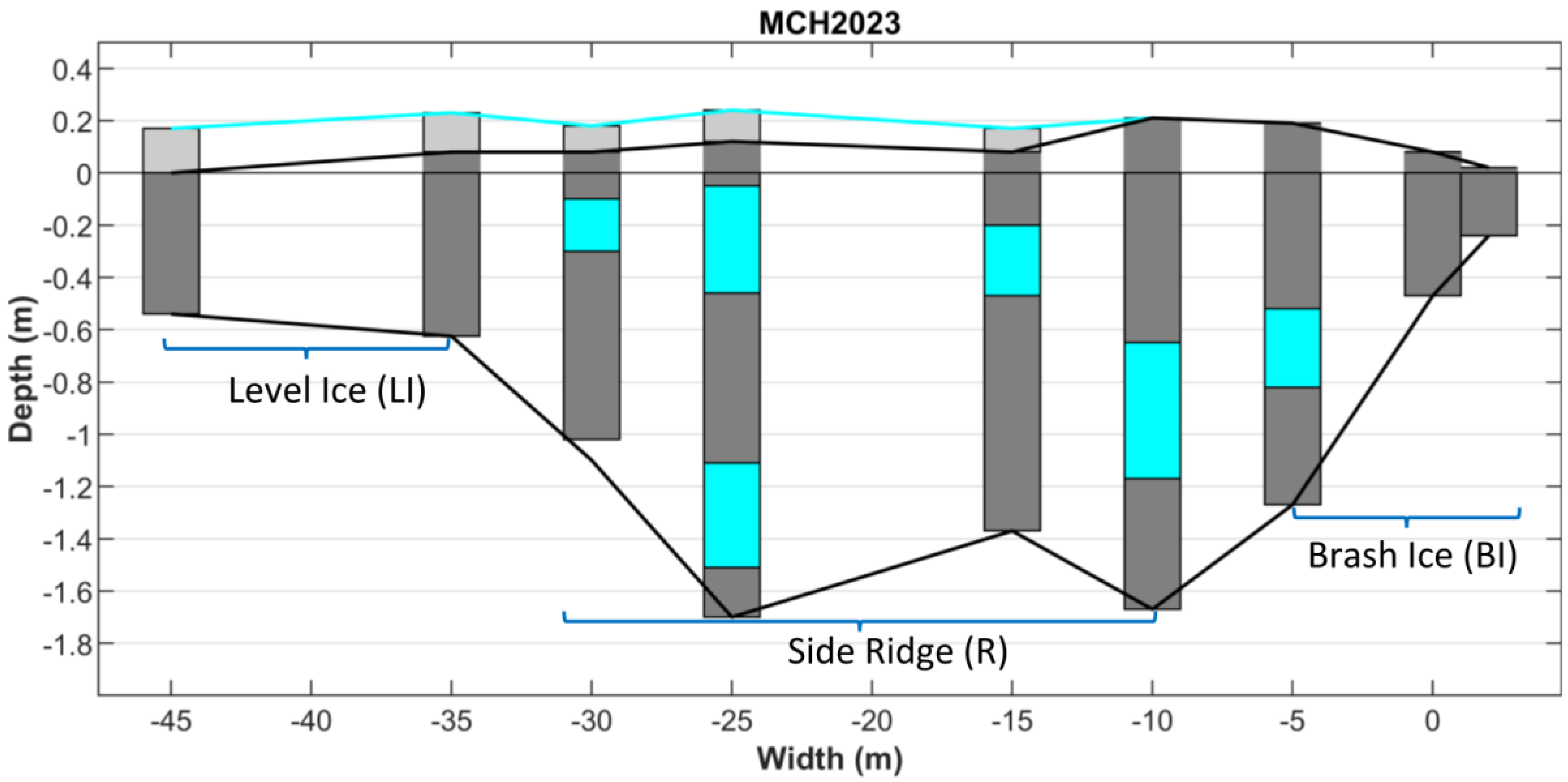
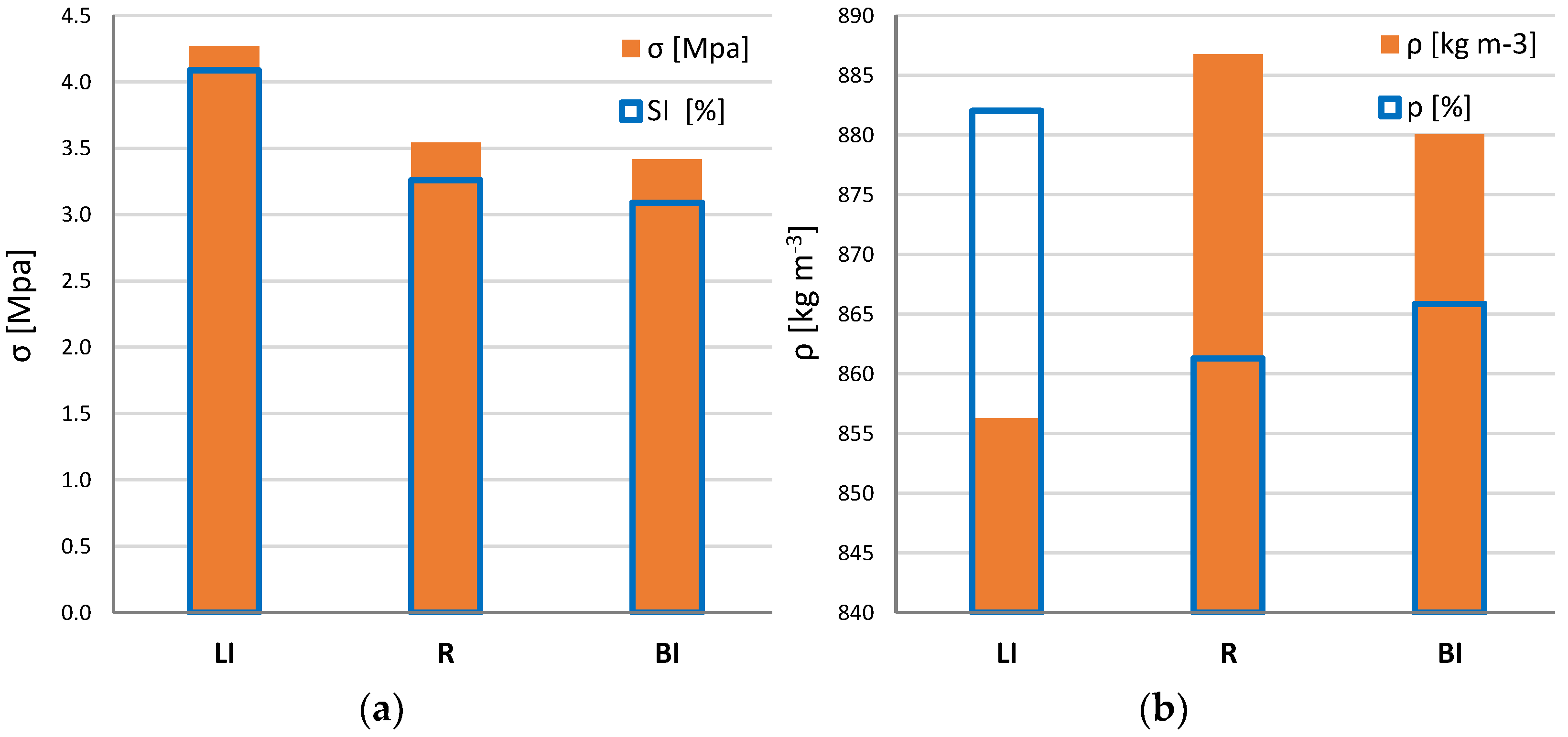
| Test Chanel #01 | ||||
|---|---|---|---|---|
| BE | BE Date | BE Time | Cross-Section Measurements | Level Ice Measurements |
| 1 | 2021-01-14 | 23:00 | 2021-01-23/26/30 | - |
| 2 | 2021-02-01 | 10:00 | - | - |
| 3 | 2021-02-02 | 07:00 | - | - |
| 4 | 2021-02-03 | 12:00 | 2021-02-06/08 | - |
| 5 | 2021-02-10 | 21:00 | - | - |
| 6 | 2021-02-11 | 11:00 | 2021-02-13/15/20 | - |
| 7 | 2021-02-21 | 10:00 | 2021-02-22/24 | 2021-02-27 |
| 8 | 2021-03-03 | 23:00 | 2021-03-05/06/09/10 | - |
| 9 | 2021-03-12 | 20:30 | 2021-03-15/17/18 | 2021-03/04-13/23/27/01/10 |
| Test Chanel #02 | ||||
| 1 | 2021-12-10 | 21:30 | - | 2021-12-12/18 |
| 2 | 2021-12-21 | 17:30 | 2021-12-23/27 | - |
| 3 | 2021-12-27 | 16:30 | - | - |
| 4 | 2022-01-05 | 05:00 | 2022-01-11 | - |
| 5 | 2022-01-12 | 10:30 | 2022-01-16 | 2022-01-15 |
| 6 | 2022-01-20 | 00:00 | 2022-01-22 | - |
| 7 | 2022-01-28 | 08:30 | 2022-02-01 | 2022-01/02-29/05 |
| 8 | 2022-02-06 | 09:45 | 2022-02-16 | 2022-02-12/19 |
| 9 | 2022-02-19 | 18:00 | 2022-02-23 | - |
| 10 | 2022-03-06 | 05:00 | 2022-03-09 | 2022-03/04-06/12/19/03/10 |
| Test Chanel #01 | |||
|---|---|---|---|
| Nr. BE | HS BI (cm) | HS SR (cm) | HS LIv (cm) |
| 2 | 14 | 16 | 16 |
| 5 | 1 | 16 | 15 |
| 7 | 14 | 18 | 16 |
| 8 | 29 | 34 | 29 |
| 9 | 5 | 16 | 9 |
| Test Chanel #02 | |||
| 2 | - | - | |
| 3 | 4 | 6 | 7 |
| 5 | 5 | 11 | 9 |
| 6 | 0 | 9 | 6 |
| 7 | 0 | 1 | 1 |
| 8 | 5 | 5 | 5 |
| 9 | 14 | 18 | 18 |
| 10 | 6 | 28 | 23 |
| Width (m) | HT (m) | SI (%) | σ (Mpa) | Std (Mpa) | ρ (kg m−3) | p (%) |
|---|---|---|---|---|---|---|
| −45 | 0.53 | 44.4 | 5.2 | 0.4 | 883.1 | 3.8 |
| −35 | 0.5 | 64.5 | 3.3 | 0.9 | 829.5 | 9.6 |
| −25 | 0.48/0.50 | 34.8 | 4.6 | 0.5 | 882.9 | 3.8 |
| −15 | 0.35 | 45.6 | 2.8 | 0.2 | 891.2 | 2.9 |
| −10 | 0.65 | 50.0 | 3.2 | 1.1 | 886.2 | 3.5 |
| −5 | 0.2/0.23 | 33.5 | 2.8 | 1.2 | 872.8 | 4.9 |
| 0 | 0.55/0.24 | 48.9 | 4.1 | 0.7 | 887.4 | 3.3 |
Disclaimer/Publisher’s Note: The statements, opinions and data contained in all publications are solely those of the individual author(s) and contributor(s) and not of MDPI and/or the editor(s). MDPI and/or the editor(s) disclaim responsibility for any injury to people or property resulting from any ideas, methods, instructions or products referred to in the content. |
© 2023 by the authors. Licensee MDPI, Basel, Switzerland. This article is an open access article distributed under the terms and conditions of the Creative Commons Attribution (CC BY) license (https://creativecommons.org/licenses/by/4.0/).
Share and Cite
Zhaka, V.; Bridges, R.; Riska, K.; Nilimaa, J.; Cwirzen, A. Observations of Snow–Slush–Snow Ice Transformation and Properties of Brash Ice in Ship Channels. Water 2023, 15, 2360. https://doi.org/10.3390/w15132360
Zhaka V, Bridges R, Riska K, Nilimaa J, Cwirzen A. Observations of Snow–Slush–Snow Ice Transformation and Properties of Brash Ice in Ship Channels. Water. 2023; 15(13):2360. https://doi.org/10.3390/w15132360
Chicago/Turabian StyleZhaka, Vasiola, Robert Bridges, Kaj Riska, Jonny Nilimaa, and Andrzej Cwirzen. 2023. "Observations of Snow–Slush–Snow Ice Transformation and Properties of Brash Ice in Ship Channels" Water 15, no. 13: 2360. https://doi.org/10.3390/w15132360
APA StyleZhaka, V., Bridges, R., Riska, K., Nilimaa, J., & Cwirzen, A. (2023). Observations of Snow–Slush–Snow Ice Transformation and Properties of Brash Ice in Ship Channels. Water, 15(13), 2360. https://doi.org/10.3390/w15132360












